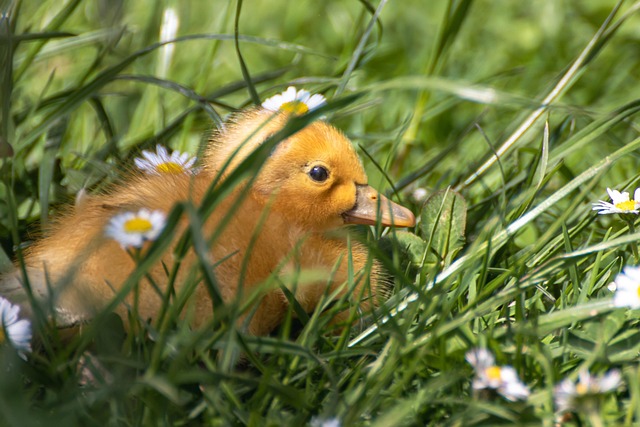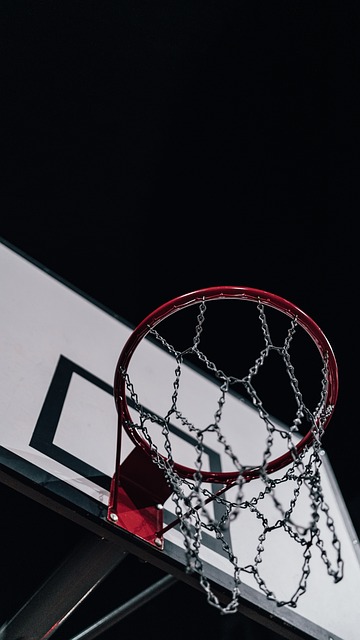College volleyball teams achieve peak performance through holistic conditioning, integrating targeted strength, power, agility, and endurance training. Skill development drills refine core techniques like setting, spiking, and serving, while team tactic sessions foster cohesive court performances and strategic adaptations. Mental training techniques enhance focus, manage stress, and boost confidence, enabling athletes to thrive under pressure throughout the competitive season.
Ducks volleyball athletes require a structured training regime to excel in college volleyball. This comprehensive guide delves into essential aspects of preparation, including physical conditioning tailored to meet the unique demands of the sport. From skill development drills enhancing performance to team tactics and mental training sessions for focus, each element contributes to the success of college volleyball teams. Understanding these practices empowers coaches and athletes alike to achieve optimal results on the court.
- Understanding Physical Preparedness for College Volleyball Teams
- Conditioning Exercises Tailored to Duck Athletes' Needs
- Skill Development Drills for Optimal Performance
- Team Tactics and Strategy Sessions
- Mental Training Techniques for On-Court Success
Understanding Physical Preparedness for College Volleyball Teams

College volleyball teams require a comprehensive understanding of physical preparedness to excel in their sport. Athletes need to develop a robust foundation through strength, power, agility, and endurance training specific to volleyball demands. This includes leg and core strength for jumping and landing, upper body power for serving and spiking, and lateral movement skills to navigate the court effectively.
A well-structured training regimen should incorporate progressive resistance exercises, plyometrics for explosive movements, and conditioning drills to enhance cardiovascular fitness. By focusing on these aspects, college volleyball teams can ensure their athletes are physically ready to handle the rigors of competitive matches, reducing injury risks and optimizing performance throughout the season.
Conditioning Exercises Tailored to Duck Athletes' Needs

College volleyball teams, like Ducks athletes, require a comprehensive conditioning program that addresses their specific needs. Exercises should focus on enhancing agility, vertical leap, and core stability—essential components for successful spiking, setting, and digging. Customized routines incorporating plyometrics, medicine ball slams, and resistance bands can effectively target these areas.
The training regimen must also consider the athletes’ cardiovascular demands. Volleyball matches often involve intense periods of activity interspersed with bursts of rest. Therefore, interval training sessions, mimicking match dynamics, are ideal for improving endurance. By tailoring exercises to these unique requirements, Ducks volleyball teams can optimize performance and reduce injury risk during competitive seasons.
Skill Development Drills for Optimal Performance

For college volleyball teams aiming to achieve optimal performance, structured skill development drills are essential. These exercises focus on refining fundamental techniques such as setting, spiking, and serving, ensuring each athlete possesses a robust toolkit for competitive play. By consistently practicing specific drills designed to enhance these key skills, teams can expect improvements in overall gameplay.
The process involves breaking down complex moves into manageable components, allowing players to master individual aspects before integrating them seamlessly into their game. This methodical approach not only boosts individual performance but also fosters a cohesive team dynamic where each member contributes effectively, leading to better teamwork and more consistent victories for the college volleyball teams.
Team Tactics and Strategy Sessions

Effective team tactics and strategy sessions are integral to the success of any college volleyball team. These meetings provide an opportunity for coaches and players to align their understanding of the game, fostering a shared vision that translates into cohesive performances on the court. During these sessions, coaches break down complex offensive and defensive schemes, ensuring each athlete comprehends their role within the team’s overall strategy.
Through interactive discussions and practical drills, players learn to anticipate their teammates’ moves, execute precise passes, and develop intuitive shot selection. By regularly reviewing game footage, coaches can identify areas for improvement and refine tactics accordingly. This analytical approach allows college volleyball teams to adapt to various opponents, devise effective counter-strategies, and consistently perform at peak levels throughout the season.
Mental Training Techniques for On-Court Success

Mental training is an integral part of preparing college volleyball teams for peak performance on the court. Techniques such as visualization and positive self-talk can empower athletes to overcome pre-game jitters and enhance their focus during matches. Visualizing successful plays, celebrating victories in their minds, and repeating affirmative statements can boost players’ confidence and resilience.
Additionally, breathing exercises and mindfulness practices help volleyball athletes manage stress and anxiety. By learning to control their breath, players can quickly center themselves when facing challenges on the court, making them more agile and reactive during gameplay. These mental training techniques complement physical drills, ensuring that college volleyball teams not only excel in skill development but also thrive under pressure, ultimately leading to better performance and higher rankings.






